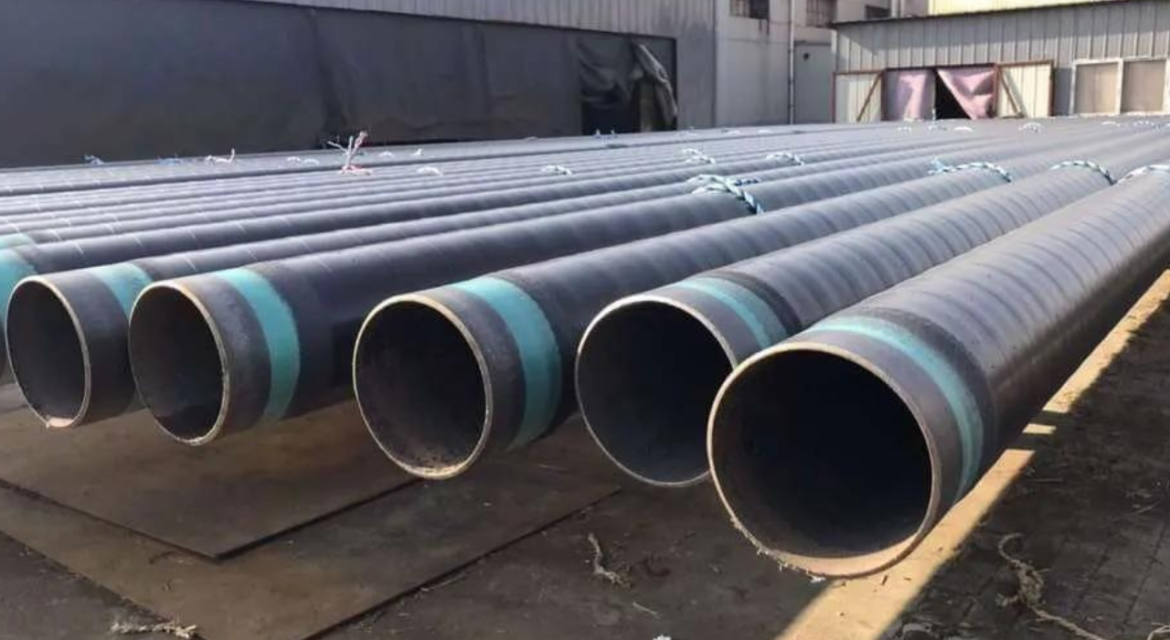The A500 steel popular, set up by way of ASTM worldwide, and is crucial for structural programs due to its particular mechanical and chemical homes. This trend categorizes metal into extraordinary grades (Grade A, B, C, and D every tailor-made to meet diverse strength and versatility necessities. Knowledge of the differences among these grades is critical for selecting the proper material for production and different structural applications.
A500 Grade A and B are commonly used for applications requiring lower electricity and are extra appropriate for less disturbing structural uses. In evaluation, A500 Grade C and D provide better tensile and yield strengths, making them ideal for more rigorous structural demands and environments. Those distinctions affect not only the material’s performance but also its value-effectiveness and suitability for unique initiatives.
Spotting the standards’ variations ensures that engineers and designers choose the most appropriate fabric for their desires, improving structural integrity, safety, and stability. Therefore, complete expertise in A500 Grade A,B vs C,D Standards Differences is critical for optimizing performance and making sure of compliance with industry requirements.
Standards Differences between A500 Grades A, B vs C, D
ASTM A500 is a general specification for cold-fashioned welded and seamless carbon steel structural tubing in rounds and shapes. This specification presents pointers for 4 extraordinary grades of steel tubing: A, B, C, and D. Every grade has wonderful mechanical residences and uses. This article explores the differences among these grades, focusing on their mechanical properties, and normal applications.
Mechanical Properties
Mechanical properties, which include yield power tensile power, and elongation, are critical in figuring out the suitability of each grade for precise applications.
Grade A: This grade has a minimal yield energy of 33 ksi 225 MPa and a minimal tensile strength of 46 ksi (315 MPa). Its lower electricity in comparison to specific grades makes it suitable for lots of much less disturbing structural applications.
Grade B: Grade B features a minimal yield electricity of 35 ksi 240 MPa and a minimal tensile electricity of 46 ksi 315 MPa. Its miles are normally utilized in structural applications wherein better power is required.
Grade C: Grade C gives a minimum yield electricity of 41 ksi 280 MPa and a minimum tensile energy of 51 ksi (350 MPa). Its better electricity makes it first-class for greater annoying structural uses.
Grade D: With a minimal yield strength of 46 ksi (315 MPa) and a minimum tensile power of 56 ksi (385 MPa), Grade D is the maximum powerful and wide variety of the ASTM A500 grades, suitable for heavy-load applications.
Typical Applications
Each ASTM A500 grade has precise applications based on its mechanical properties and chemical composition.
Grade A: usually utilized in non-load-bearing applications, which includes residential and commercial construction where excessive strength isn’t always a number one situation. It is regularly used in frames, supports, and standard structural functions.
Grade B: This grade is used in structural applications in which higher energy and durability are required. It’s far often observed in structural frames, bridges, and support columns.
Grade C: because of its higher electricity, Grade C is used in extra annoying structural applications, which include heavy-obligation guide structures, bridge additives, and structural columns subjected to higher masses.
Grade D: The best energy grade is used in heavy-load and high-stress applications. Standard uses encompass vital structural factors in excessive-upward thrust buildings, commercial structures, and bridges subjected to excessive hundreds.
Weldability and Formability
The ability to weld and shape ASTM A500 tubing is also a key factor in its software.
Grade A: known for its desirable weldability and formability, making it appropriate for complicated shapes and welded systems.
Grade B: gives comparable weldability to Grade A but with better power, allowing it to be used in applications in which both welding and high power are required.
Grade C: While still weldable, its higher energy may additionally require extra cautious control for the duration of welding to keep away from troubles, which include cracking.
Grade D: although it offers high-quality electricity, its weldability may be more challenging due to its better carbon content material. Proper welding strategies and preheat treatments are regularly important.
Durability and Performance
The sturdiness and performance of every grade depend upon its mechanical residences and intended software.
Grade A: offers well enough durability for fashionable production purposes in which extreme electricity is not required.
Grade B: offers improved sturdiness and performance for structural programs wherein higher loads are encountered.
Grade C: recognized for its greater performance and durability in more intricate structural roles, imparting reliable service beneath better pressure conditions.
Grade D: affords the highest degree of sturdiness and performance for heavy-obligation programs, making sure long-time period reliability underneath excessive conditions.
Conclusion
Information on the variations among ASTM A500 Grades A, B, C, and D is essential for selecting the precise tubing for particular structural applications. Each grade gives particular mechanical properties, and applications, making sure that engineers and architects can pick out the quality fabric for their wishes. Employing elements that include energy, weldability, and durability, professionals can make knowledgeable choices to ensure the protection and overall performance of their structures.
